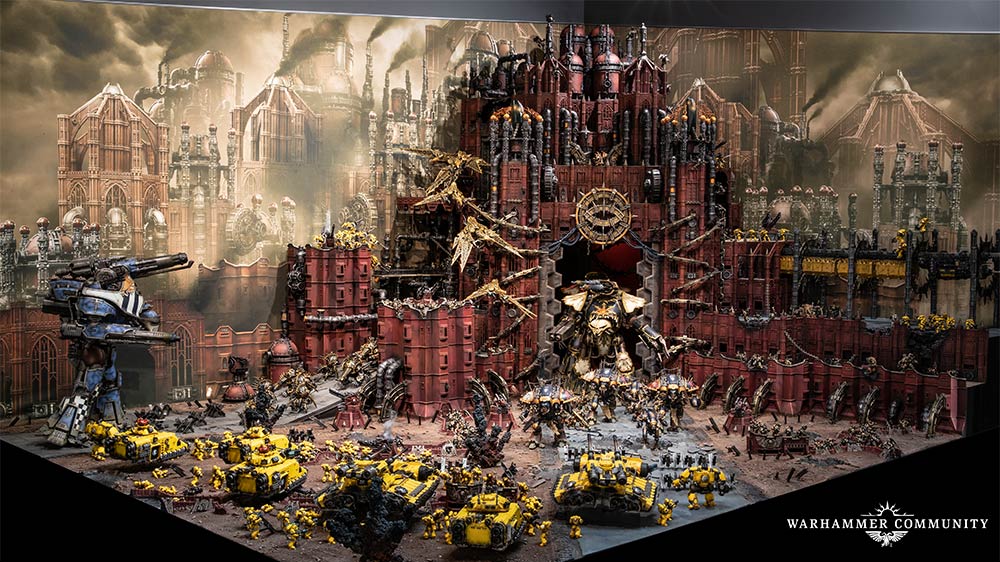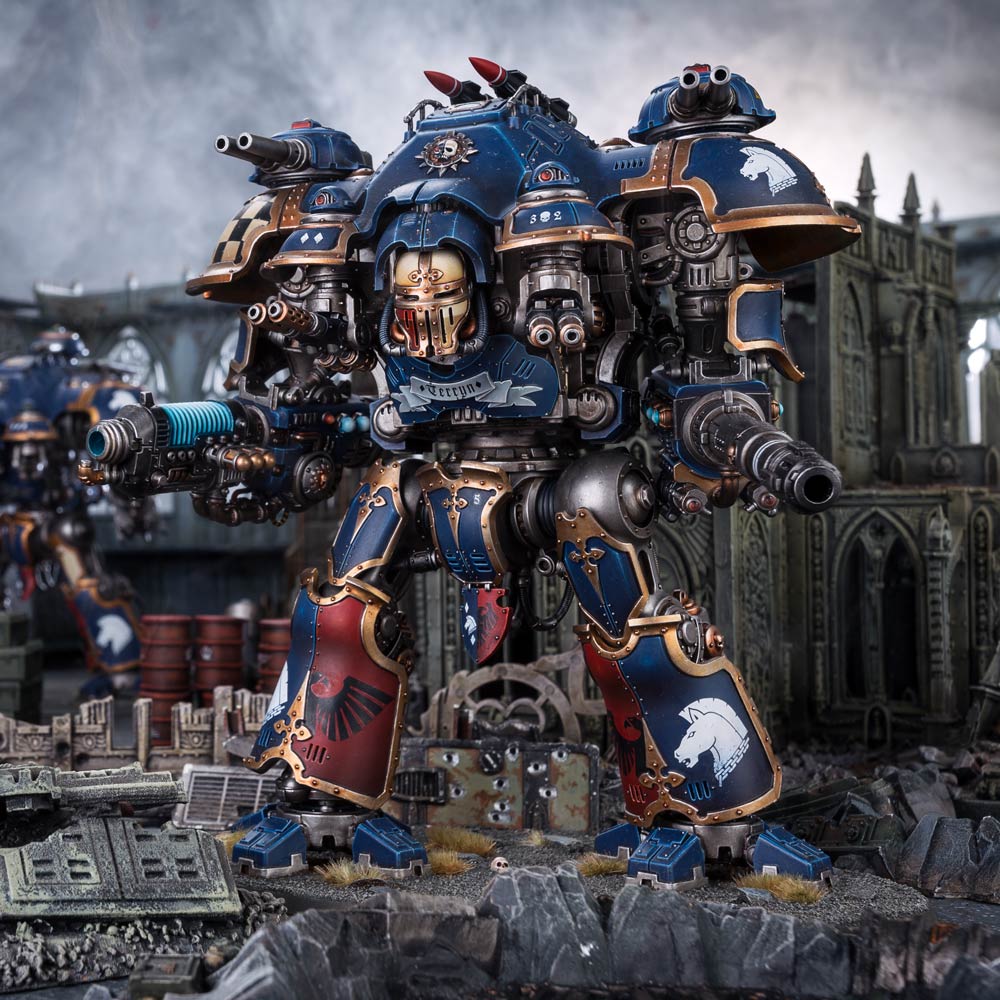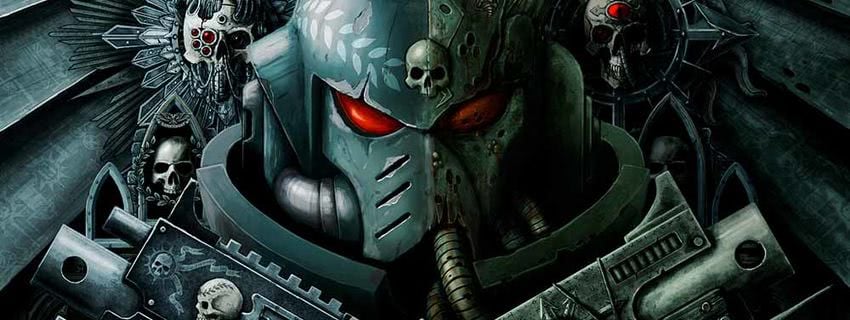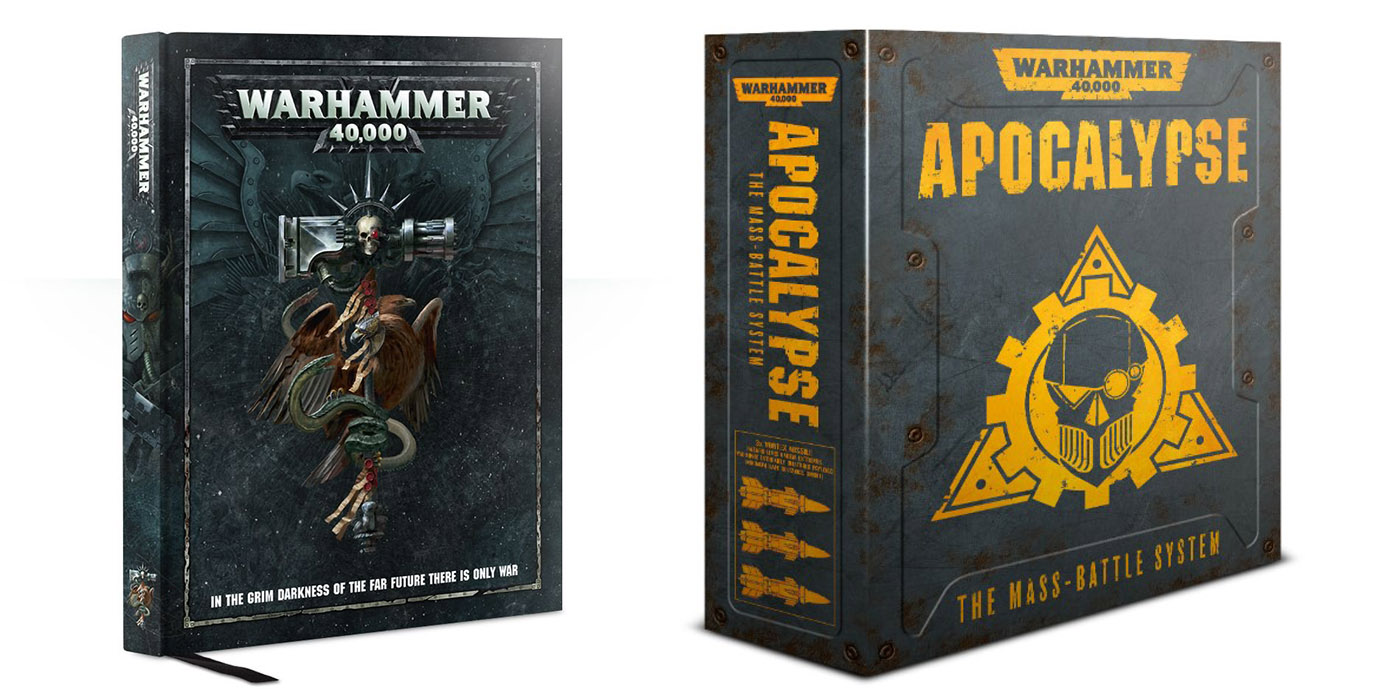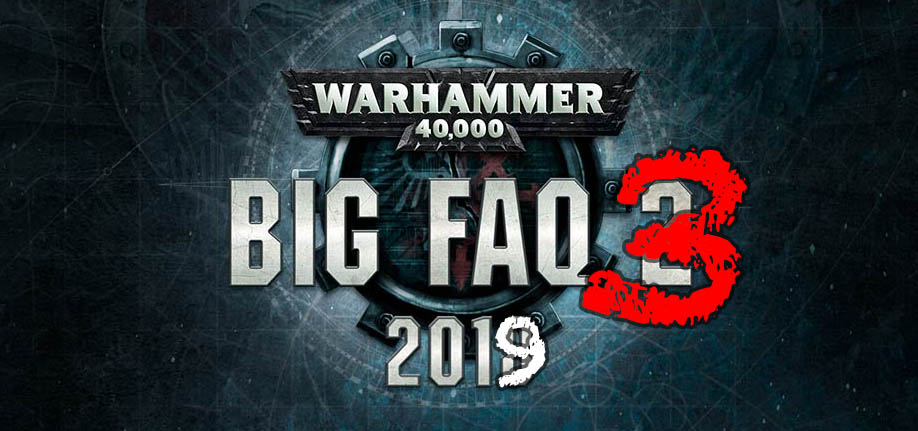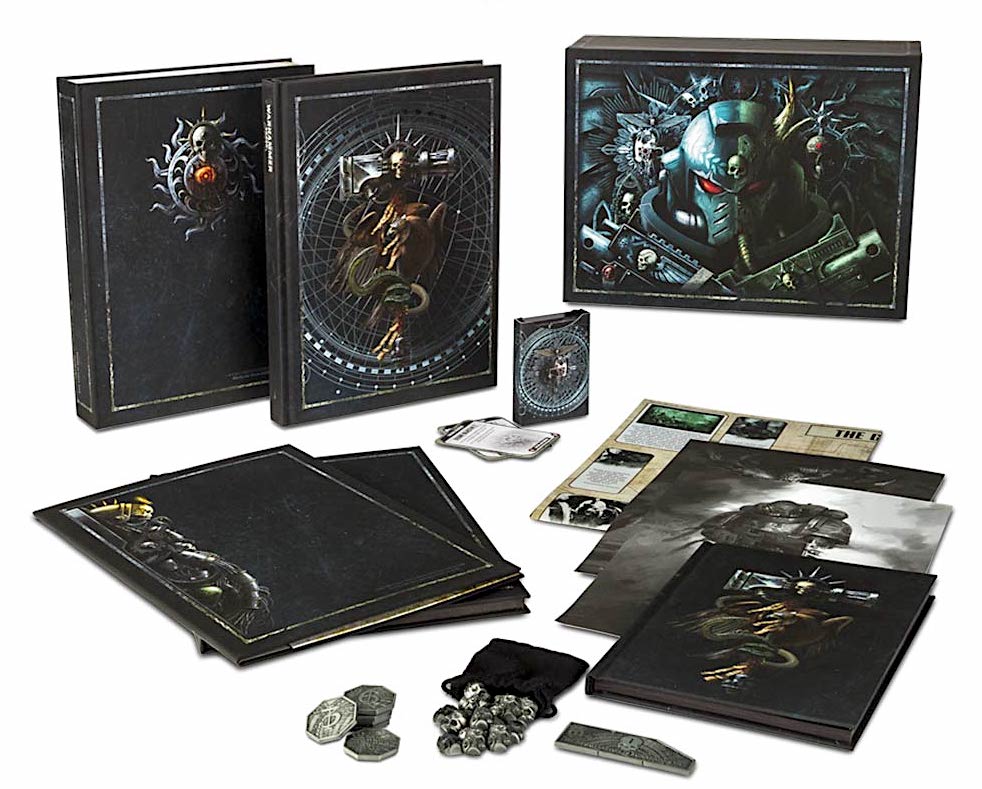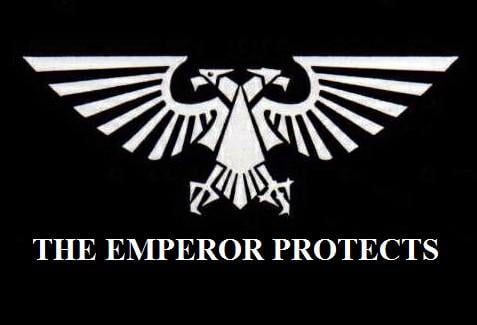Warhammer 40k: 8th Edition’s Big, Ambitious Hits & Misses
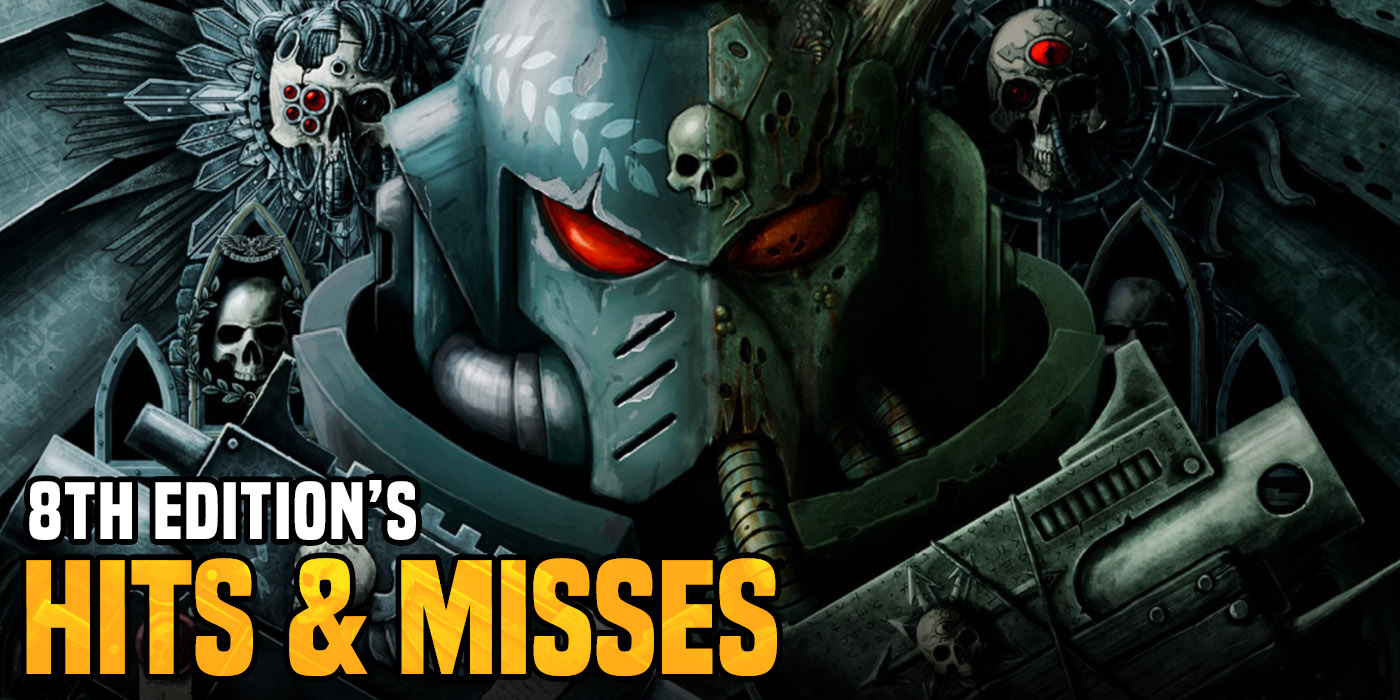

Let’s take a look back at 8th and how much it tried to do.
The 8th edition of Warhammer 40,000 is on its way out the door. While we don’t know exactly when 9th is set to drop, the evidence points to the next few weeks. Normally at a time like this we might all me be rushing to get in those last few games of 8th, maybe a last tournament or two. Sadly the global health emergency has mostly put a premature end to the 8th, with few of us able to still get in games (except in New Zealand, props to that awesome country). With that in mind its a great time to take a look back and marshal our thoughts on 8th as a now whole and completed edition. It was an edition of massive change, that tried to be big and do a lot, and ended up getting messy at times. Let us take a look at the how much it did accomplish.
The Biggest Edition
I think it’s pretty fair to say that of any edition of 40k, 8th was the largest. This is true of pretty much every aspect. 8th saw the most books released of any edition, (by my count 56 “books” vs 53 in 7th), in part by redoing every codex in the game, sometimes more than once. 8th also made the game bigger than every other by adding new armies, with fully fleshed out books for Death Guard, Adeptus Custodes and Renegade Knights. It also expanded several armies adding a huge number of models to the game, though perhaps most of them where Primaris Lieutenants.
On the table top 8th was also larger, with armies growing in size as the edition wore on. In older editions armies of 30-40 might have been common. In 8th armies of 100-200 were the norm and battalions of a mere 32 models where considered incidental units. The game had more guns, more attacks and needed more dice. Models also got larger, this was the first Edition where massive Primarchs became a common sight on the table, not just a rare unit restricted to a single army. Knights to grew more common, with armies of them dominating the table in growing numbers. They also got bigger as GW pushed the limits of their large plastic models. Lastly, and in many ways most importantly 8th was, by all accounts, played by more people than any other edition and was able to support a large competitive scene, while also pushing 40K more into the public conscience.
An Ambitious Edition
8th Edition was the most ambitious edition in the last two decades (the only reason I don’t say ever is simple down to the fact that Rogue Trader by dint of trying to start a brand new game takes that spot). It tried to do so much, and always reached for the stars. Right at it’s start 8th quite literally rewrote the rules, presenting the biggest changes to 40K since at least 1998 and possibly ever. It introduced a ton of new concepts and was a big enough change that for only the second time in 40K’s long history all the previous books were completely invalidated. Amazingly, even these massive changes were a toned down version of what we might have gotten.
During the three years of 8th GW continued its ambitious push. 8th wasn’t an Edition content to rest on the major changes it made up front but was marked by being an edition constantly seeking to change, evolve and better itself. Indeed no prior edition has ever undergone the number of changes 8th did. Looking back it is rather amazing to think just how much changed. There was the early simple days of the Index books, replaced as Codex after Codex rolled out taking the game from a handful of stratagems to hundreds. There were repeated massive changes in how armies were built, from the early days when you could have mixed army detachments, to later when detachments had to come from the same book. More than that, there where changes to the numbers of certain units you could take, as well as to how command points worked. Every few months saw large ambitions changes; not just clarification but major reworkings of the core of the game. 8th never gave up on its drive and ambition to be more and do better. All these changes don’t even touch on the massive lore advancements and changes we saw along side 8th.
The Mess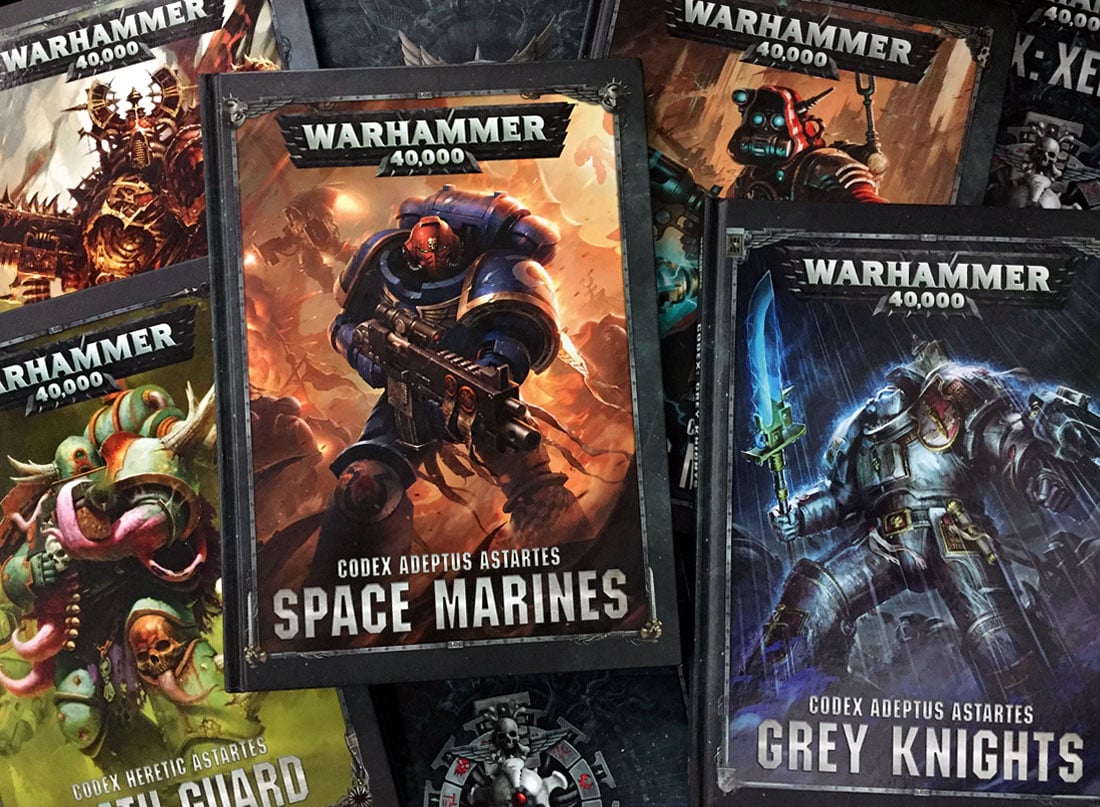
Ambitious comes with a price, and for 8th it was that the edition was kind of an organizational mess. So many changes and a lightning fast release schedule made the game confusing and difficult to keep track of. All the releases and updates and changes called for a host of FAQs, which themselves often needed to be FAQed leading to a rabbit hole of constantly updating and changing rules spread all over the place. Few, if any, people were actually playing the game “right”.
8th was also likely the most unbalanced edition at various times. So many changes, and in particular the introduction of the massive new concept of stratagems, led to a lot of unforeseen consequences. Broken armies, crazy combos and strange rule’s interactions drove players crazy. GW spent a lot of work trying to fix some of these issues, but the results were uneven. In some cases despite all the effort, parts of the game never quite “got there”.
Final Thoughts
8th, like every edition, wasn’t for everyone. Yet based on the numbers it was for more people than previous editions. It tried to do a whole lot and succeeded in many of its goals. As time went on the edition slowly started to crumble under its own weight and ambitious, needed ever more arcane props to keep it moving forward. The decline of an edition is nothing unique; as all editions run their course and eventually need a reset that only a new Edition can bring.
Yet 8th stands out in just how much it did, how far it pushed the game and how messy and cracked it got. It failed in many areas, but kept the fun going for a ton of people. When 8th was good it produced some the most fun, narrative and exciting games of 40K of any edition, yet when it was unbalanced it also produced some of the least fun armies to fight or the most frustrating games. Whatever failures you might ascribe to 8th, its left its mark on the game and paved the way for the future. Like all pathfinders it might end up being the unsung hero of the next 30 years of Warhammer.
At the end it was a big, crazy, ambitious edition, that was loud and messy, and constantly moved forward, pushing aside all obstacles. As such it was perhaps the most American edition of this strange British game we all love called 40K.
Let us know what you thought about 8th, down in the comments!

